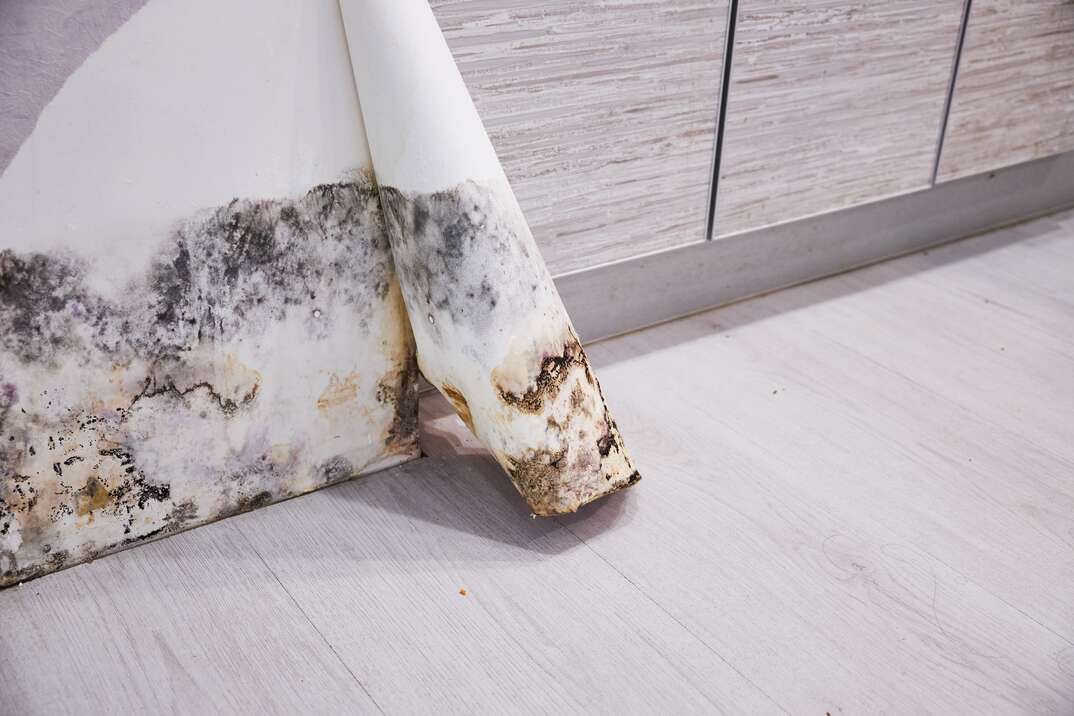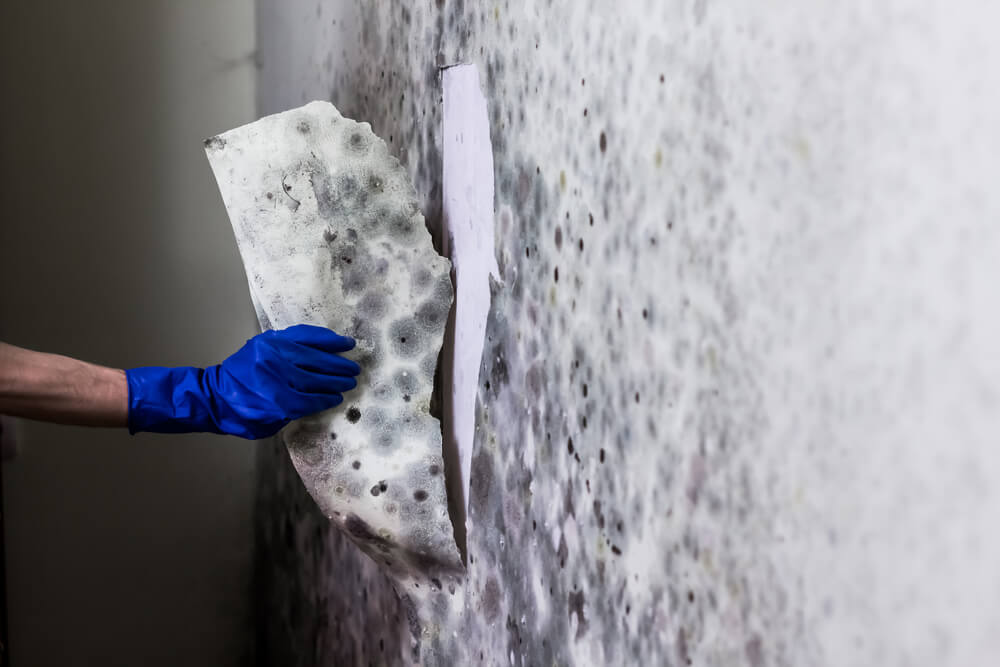Testing Air Quality After Mold Remediation
Testing Air Quality After Mold Remediation
Blog Article
Your Ultimate Overview to Message Mold And Mildew Removal Methods
In the consequences of mold invasion, knowing how to effectively get rid of the mold and avoid its reoccurrence is critical for preserving a healthy interior atmosphere. From selecting the best cleaning and disinfecting techniques to implementing approaches for lasting mold avoidance, each step in the remediation trip plays a vital function in making certain a successful end result.
Understanding Post-Mold Removal Refine
After finishing the mold and mildew remediation process, it is critical to recognize the post-mold remediation methods that are necessary to guarantee a efficient and thorough cleaning. As soon as the mold has actually been eliminated, the next action involves cleansing and decontaminating the influenced areas to prevent any regrowth of mold. This includes using specialized cleaning up representatives to wipe down surfaces and kill any kind of remaining mold spores. It is crucial to dry out the area completely to dissuade the growth of mold and mildew in the future (Post remediation mold testing near me). Correct ventilation and dehumidification can assist in this process.
Additionally, carrying out a final evaluation post-remediation is important to make certain that all mold has been successfully gotten rid of. If the assessment reveals any kind of sticking around mold, added removal may be needed.
Reliable Cleaning Up and Disinfecting Approaches

Protecting Against Future Mold Growth

Importance of Correct Air Flow
Appropriate ventilation plays a crucial duty in stopping dampness accumulation, a key factor in mold and mildew growth within indoor settings. Effective air flow systems help get rid of excess moisture from the air, minimizing the chances of mold and mildew spores finding the dampness they need to sprout and spread. Without appropriate ventilation, indoor spaces can become a breeding place for mold, causing prospective health and wellness risks and structural damage.
By guaranteeing correct air blood circulation, ventilation systems can likewise aid in drying wet locations a lot more rapidly after water damage or flooding incidents, further deterring mold and mildew growth. testing air quality after mold remediation. Precede like bathrooms, cellars, attics, and cooking areas where dampness degrees tend to be greater, setting up and preserving efficient air flow systems is important in protecting against mold invasions

Monitoring and Upkeep Tips
Provided the crucial duty that correct ventilation plays in avoiding mold growth, it is imperative to develop effective surveillance and maintenance learn the facts here now ideas to make sure the ongoing performance of ventilation systems. Regular inspections of ventilation systems should be conducted to check for any indicators of obstructions, leakages, or breakdowns that can hinder appropriate air flow. Tracking moisture degrees within the residential property is also important, as high humidity can add to mold growth. Setting up a hygrometer can assist track humidity levels and sharp house owners to any kind of spikes that may need focus. Additionally, guaranteeing that air filters are regularly cleaned up or replaced is important for keeping the performance of the ventilation system. Applying a timetable for regular maintenance tasks, such as air duct cleaning and HVAC system find more assessments, can aid protect against problems before they rise. By staying conscientious and positive to the condition of air flow systems, home proprietors can effectively mitigate the threat of mold and mildew regrowth and preserve a healthy indoor environment.
Verdict
To conclude, post-mold removal methods are essential for making sure a tidy and safe setting. Comprehending the process, carrying out effective cleaning and decontaminating methods, avoiding future mold and mildew development, preserving appropriate ventilation, and normal monitoring are all important action in the remediation procedure. By complying with these standards, you can successfully eliminate mold and stop its return, promoting a healthy living or functioning room for all residents.
In the consequences of mold infestation, recognizing just how to effectively get rid of the mold and stop its reoccurrence is paramount for maintaining a healthy and balanced indoor setting. Once the mold and mildew has been gotten rid of, the next step entails cleansing and disinfecting the affected locations to stop any regrowth of mold and mildew - After mold remediation. After eliminating visible mold and mildew growth, it is critical to cleanse all surface areas in the damaged location to get rid of any type of staying mold spores. To better improve mold avoidance actions, it is crucial dig this to address underlying problems that at first led to mold advancement.Offered the vital role that correct ventilation plays in stopping mold development, it is imperative to establish efficient tracking and upkeep tips to make certain the continued performance of air flow systems
Report this page